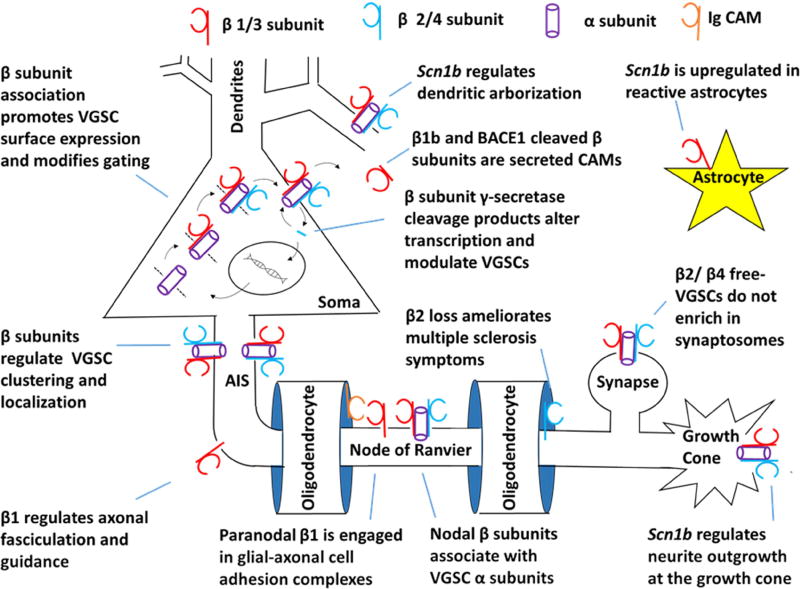Figure 2. A multitude of functions of VGSC β subunits in the nervous system.
β subunits modulate VGSC function and trafficking to the cell surface (Brackenbury and Isom 2011). Sequential cleavage of β subunits by BACE1 and γ secretase alters transcription, including that of VGSC α subunits, and releases the Ig loop (similar to β1B) as an extracellular signaling molecule (Wong, Sakurai et al. 2005, Gersbacher, Kim et al. 2010, Patino, Brackenbury et al. 2011). β subunits alter the AIS localization of specific α subunits and can mediate clustering of α subunits (Brackenbury, Calhoun et al. 2010, Namadurai, Balasuriya et al. 2014). Loss of β1 expression alters axonal fasiculation and pathfinding (Brackenbury and Isom 2011). β1 subunits at nodes of Ranvier associate with α subunits, likely modifying their function. β1 in paranodes is engaged in heterophilic cell adhesive complexes independnetly of VGSC α subunits (Kazarinova-Noyes, Malhotra et al. 2001, McEwen and Isom 2004). Loss of β2 ameliorates symptoms of multiple sclerosis, likely through axonal-oligodendrocyte interactions (O'Malley, Shreiner et al. 2009). α subunits in the absence of β2 or β4 fail to enrich in synaptosomes, suggesting roles in VGSC expression at the synapse (Schmidt, Rossie et al. 1985, Schmidt and Catterall 1986). β1 facilitates neurite outgrowth at growth cones, requiring INa (Brackenbury, Calhoun et al. 2010). Mutation of Scn1b decreases dendritic arborization, influencing neuronal input resistance and excitability (Reid, Leaw et al. 2014). Finally, β1 is upregulated in reactive astrocytes (Aronica, Troost et al. 2003).

